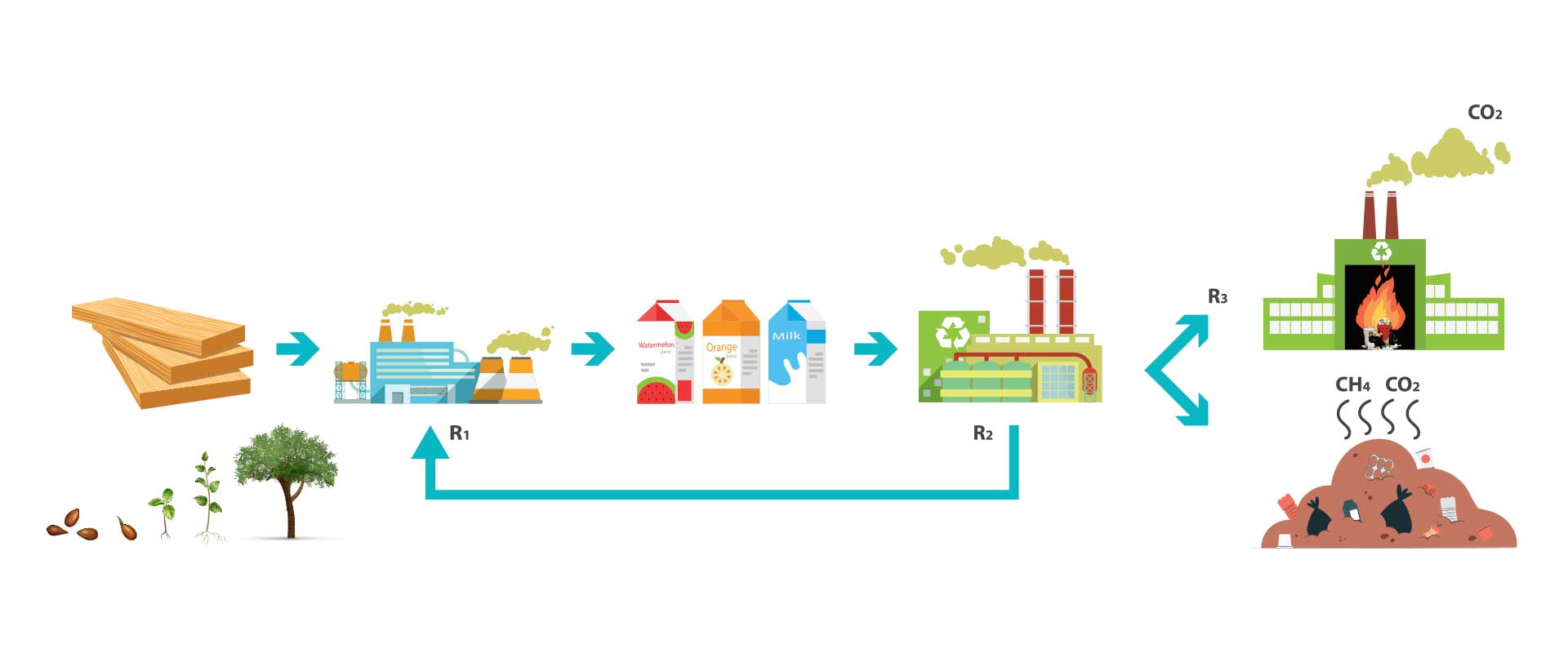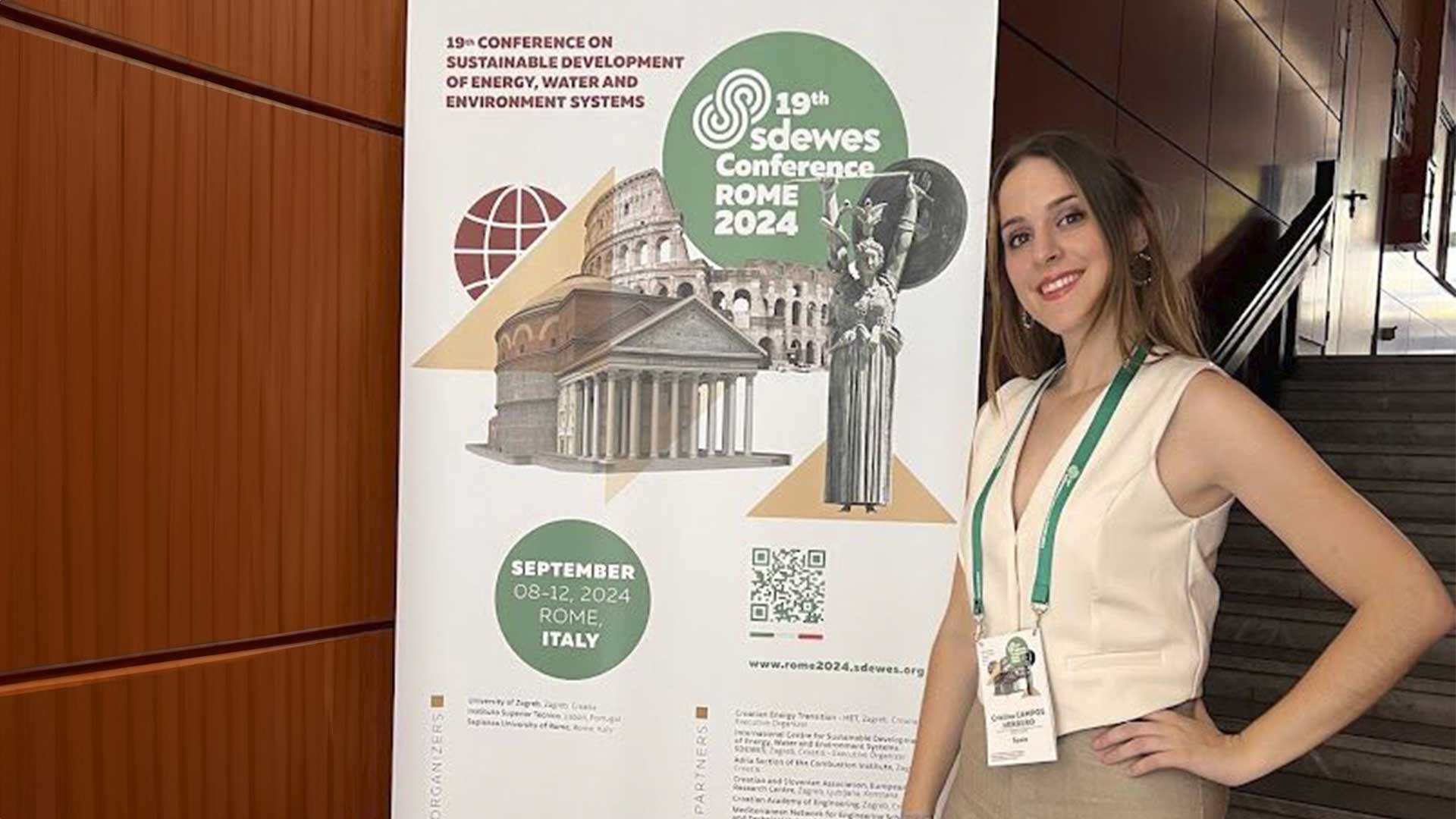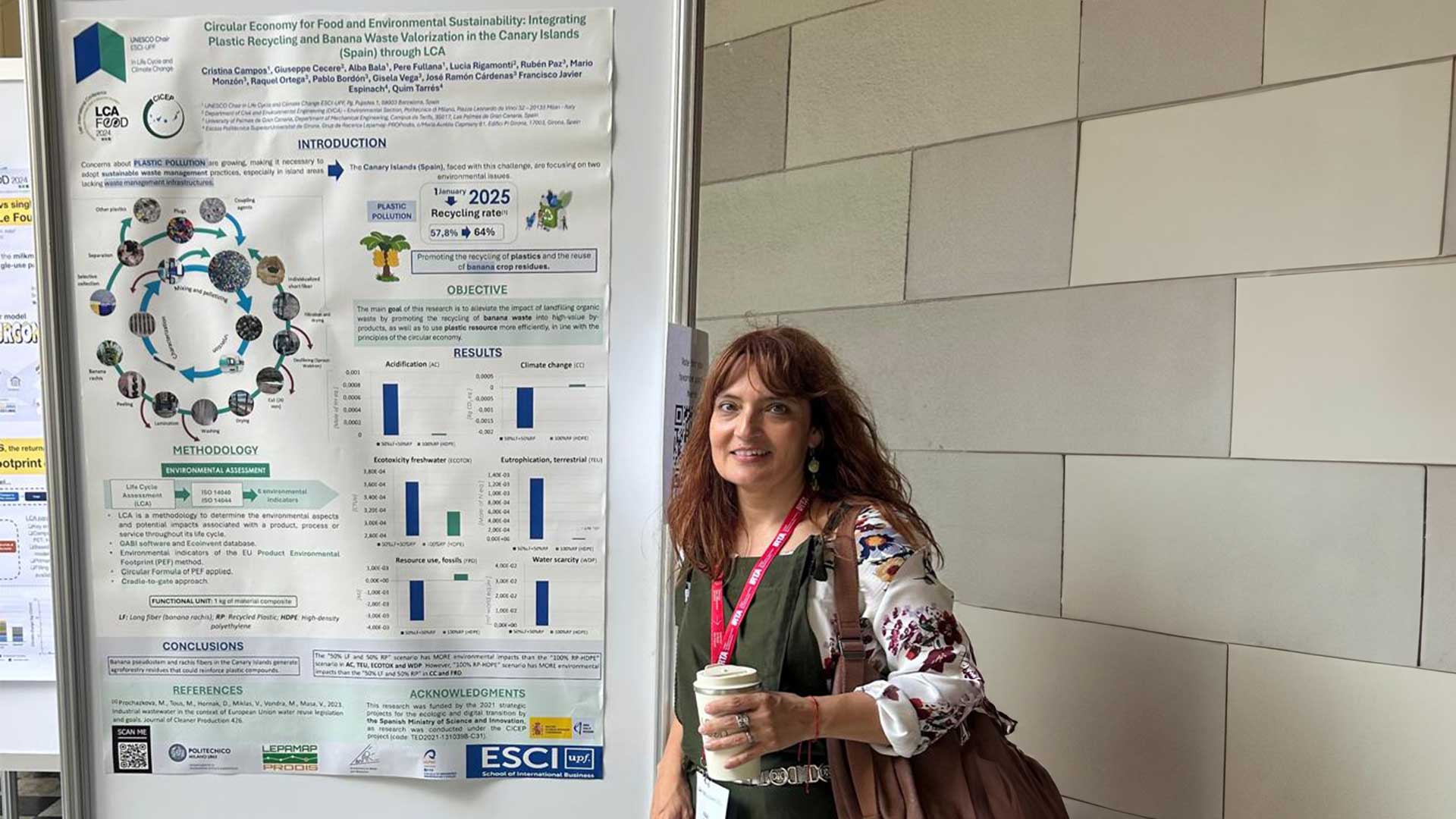The researcher Ilija Sazdovski writes about the last UNESCO Chair paper on bio-materials and climate change mitigation through waste management published in Environmental Advances journal.
Using bio-materials is the preferable eco-design method for decreasing the environmental impacts when energy-intensive materials are replaced. Bio-materials can contribute to climate change mitigation by storing carbon from the atmosphere.
Based on the information from the European Union, the GHG Protocol is the most used standard for greenhouse emission accounting and management. The GHG Protocol requires that the total inventory results include emissions and removals from biogenic, non-biogenic and land-use emissions, which should be reported separately. To guide the calculation of the carbon footprint (CF), the European Commission developed the Product Environmental Footprint (PEF) Method that follows similar practices as the GHG Protocol.
This approach stimulated different industries in Europe with the main goal of incentivizing the usage of bio-materials by combining biogenic and fossil-based carbon. At the same time, independent organizations and expert groups reported on the methodological inconsistencies and approximations in the calculation of carbon sinks that can lead to unjustified crediting of bio-based products.
In order to investigate the issue, researchers from the ESCI-UPF’s UNESCO Chair in Life Cycle and Climate Change Ilija Sazdovski, Sergi Arfelis, Dr Alba Bala and Dr Pere Fullana-i-Palmer, supported by Dr Michael Zwicky Hauschild from the Technical University of Denmark, developed a scientific paper.
They developed a case study of paper-based packaging and tested the two variables important in the circular economy (CE): (i) material, by modelling three different end-of-life scenarios; (ii) time, by assessing the importance of this variable using bottom-up and top-down calculations.

The calculation exercise provides an example of benefits from carbon sequestration based on the three scenarios of waste management. The results are clear that landfilling of wood-based material is the most preferable option resulting in the highest GWPbio due to longer storage of the material in the landfills. This proves that non-efficient waste management treatment leads to more credits from biogenic carbon (BC), and this is in direct contradiction with the principles of CE.
CE aims at the usage of as little material as possible to serve the same function and keep them effective in the technosphere. Landfilling simply contradicts this principle because the material is ineffective for the function, and more material needs to be inserted in the technosphere. Moreover, the preferable EoL treatment is in contradiction with the waste management hierarchy where landfill is the least favourable option for any material.
The simple case of top-down reporting obligations towards UNFCCC proves that the inventory does not present biogenic carbon stored in products with a short lifetime (less than one year) in the technosphere. The tetra-brick, for example, is used for packaging milk, juices, water, and yoghurts and has a shelf-life of only several months. Based on the calculations, and the national GHG reporting, the calculation of credits from BC can lead to over-crediting of the carbon footprint for unjustified storage of carbon because it won’t be reflected in the overall National Inventories.
Carbon stored in bio-materials for products staying longer in the technosphere, such as furniture or construction materials, is understandable but for products with a usage time of less than one year, it is simply unjustifiable. Also, during the time horizon of 100 years, 50% of the carbon is emitted in the best scenario; however, the remaining 50% is still embedded in the product and will be emitted afterwards. Keeping in mind that the carbon won’t mineralize, the same will be emitted in the form of a GHG. This impact is not being calculated just because the general LCA practice is using the 100-year time horizon of the GWP. This aspect shows the importance of involving time in the LCA methodology in the future.
This short communication gives an additional view to the announced policy development by the European Commission for the Certification Framework for Carbon Removals and the amending of the Packaging and Packaging Waste Directive.





Leave a message